Titles:
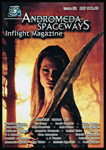
(H)ER(G)É, Now and Forever: The Best Hugo Never Awarded
Andromeda Spaceways Inflight Magazine #52 (2011). More than half a century has passed since Tintin and company pre-empted their American successors in conquering the moon. There is science. There is fiction. So where, one might ask, is Hergé’s Hugo?
Review: ASIM has featured many excellent articles over the years and this trend continues with ‘Hergé, Now And Forever’… Jacob Edwards argues, very decently, why the French author was never considered for a Hugo. An article you will enjoy! Rod MacDonald, ‘Review of ASIM #52’, SFcrowsnest (1 December, 2011).
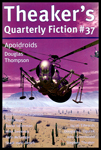
In the Shadow of Slartibartfast: Donald Cotton and Doctor Who‘s Other Comedic Trilogy
Theaker’s Quarterly #37 (Summer 2011). Whereas Douglas Adams did not novelise his three Doctor Who stories, nevertheless there exists a trilogy every bit as good as that which Adams could have written.
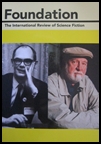
Is that Really a Four Letter Word? Eric Frank Russell’s Wasp and the War Against Pejorative Tethers
Foundation: The International Review of Science Fiction Vol. 43, No. 117 (Spring 2014).
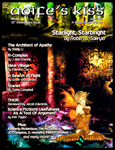
Milestone or Millstone: Searching for Black and White in the Founding Accomplishment of Sam Hignett and Eric Frank Russell
Aoife’s Kiss 10.1 (June 2011). May 1941 saw the publication in Astounding Science Fiction of Eric Frank Russell’s short story ‘Jay Score’, which introduced the character of Sam Hignett – a black surgeon depicted sans the derogatory stereotyping so often prevalent when white authors deigned to sketch non-white characters. But were Russell’s motivations as noble as they first appear?

Reprinted: Vector 278 (Winter 2014/15). [Author’s preferred version; contains footnotes omitted from the original publication.]
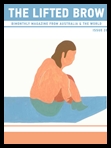
A Most Unconvincing Replicant: Allegory and Intelligence in Blade Runner’s Chess Game
The Lifted Brow #20 (December 2013). Blade Runner (dir. Ridley Scott, 1982) is set in a world rich with background texture. In terms of creativity the film demonstrates considerable attention to detail. Yet, in one of its more mundane depictions, Blade Runner is found wanting: the game of chess between Sebastian and Tyrell has been rendered with a level of intent and accuracy sufficient only to draw attention to its flaws.
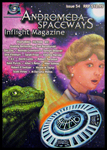
Nine Lines: A Nail Clipping from the Hitchhiker’s Thumb?
Andromeda Spaceways Inflight Magazine #54 (May 2012). On October 10, 2010 Hitchhiker’s Guide aficionado Max Mooney uncovered an unused fragment of radio script – one in which Arthur Dent and Ford Prefect, rather than being called upon to enjoy the Vogon Captain’s poetry, are instead tasked with composing a nine line poem about the Captain’s cat, Toasty Vogon. Is this excerpt spurious? Or was it destined for fame until one of Douglas Adams’ infamous last-minute rewrites? A textual analysis in which Hitchhiker’s luminaries wax and wane to nail-biting effect. [With Tom Holt.]
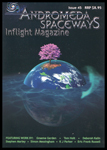
Overlooked: The Non-Fiction of Eric Frank Russell
Andromeda Spaceways Inflight Magazine #45 (May 2010). Eric Frank Russell’s stories can broadly be categorised as either light or dark, and he wrote non-fiction from a point of view diametrically opposed to that which is expressed in his fiction. This piece serves as introduction to Russell’s article, Who’s That Knocking?
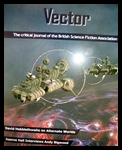
So Long, and Thanks for all the Visch: Douglas Adams and Doctor Snuggles
Vector #274 (Winter 2013/14). Fans of Douglas Adams who were born in the 1970s well may have encountered one of his more obscure works before any of the more famous pieces; nay, without even realising it. In 1978 Adams and sometime collaborator John Lloyd scripted two 25-minute episodes of Doctor Snuggles, an animated children’s programme of whimsical, wonderland logic and trippy adventures. Adams devotees may find themselves intuiting a ‘lost’ Adams masterpiece, but how much DNA really went into the pogo-stick wielding, tea-drinking Snuggles?
